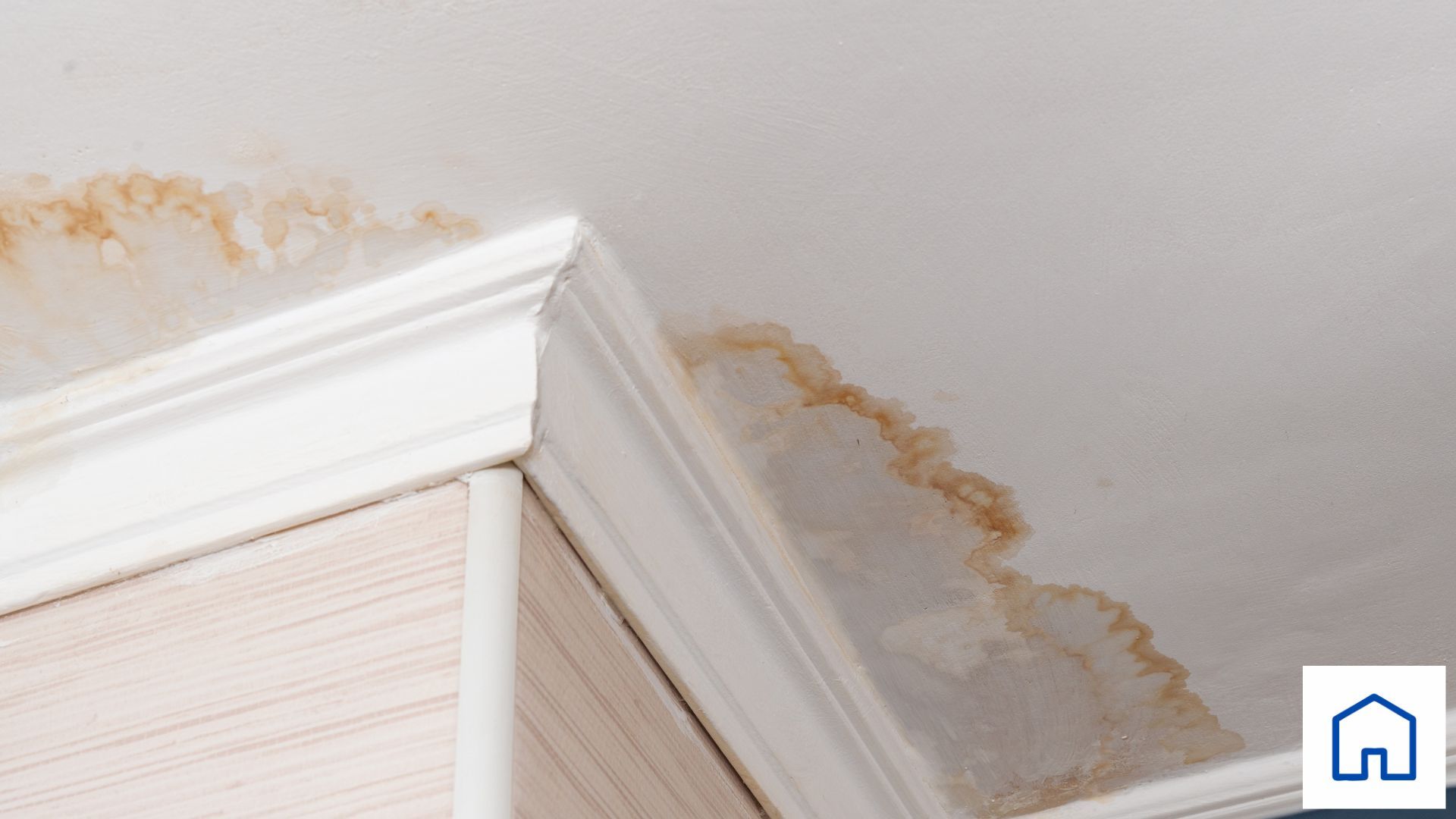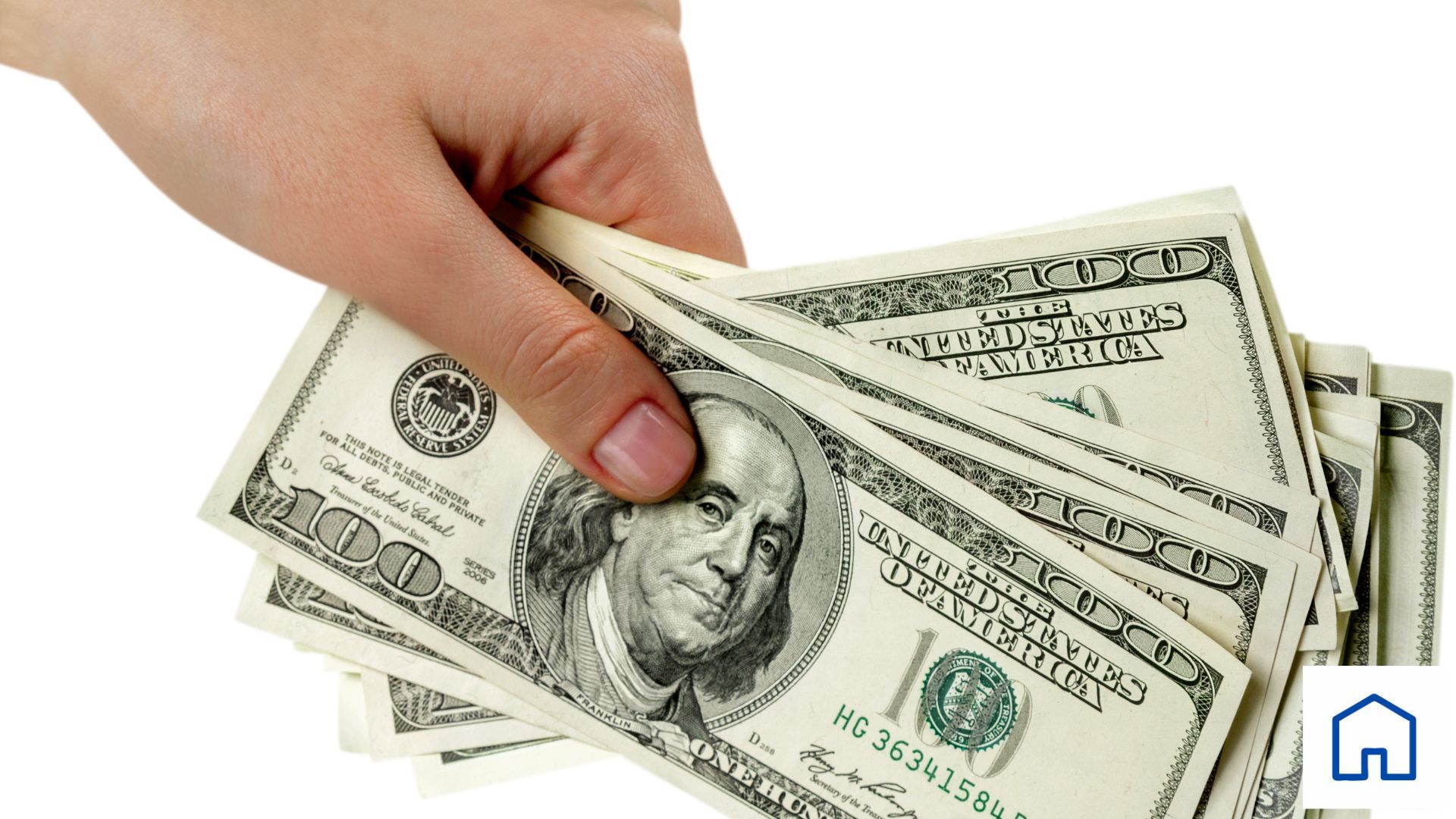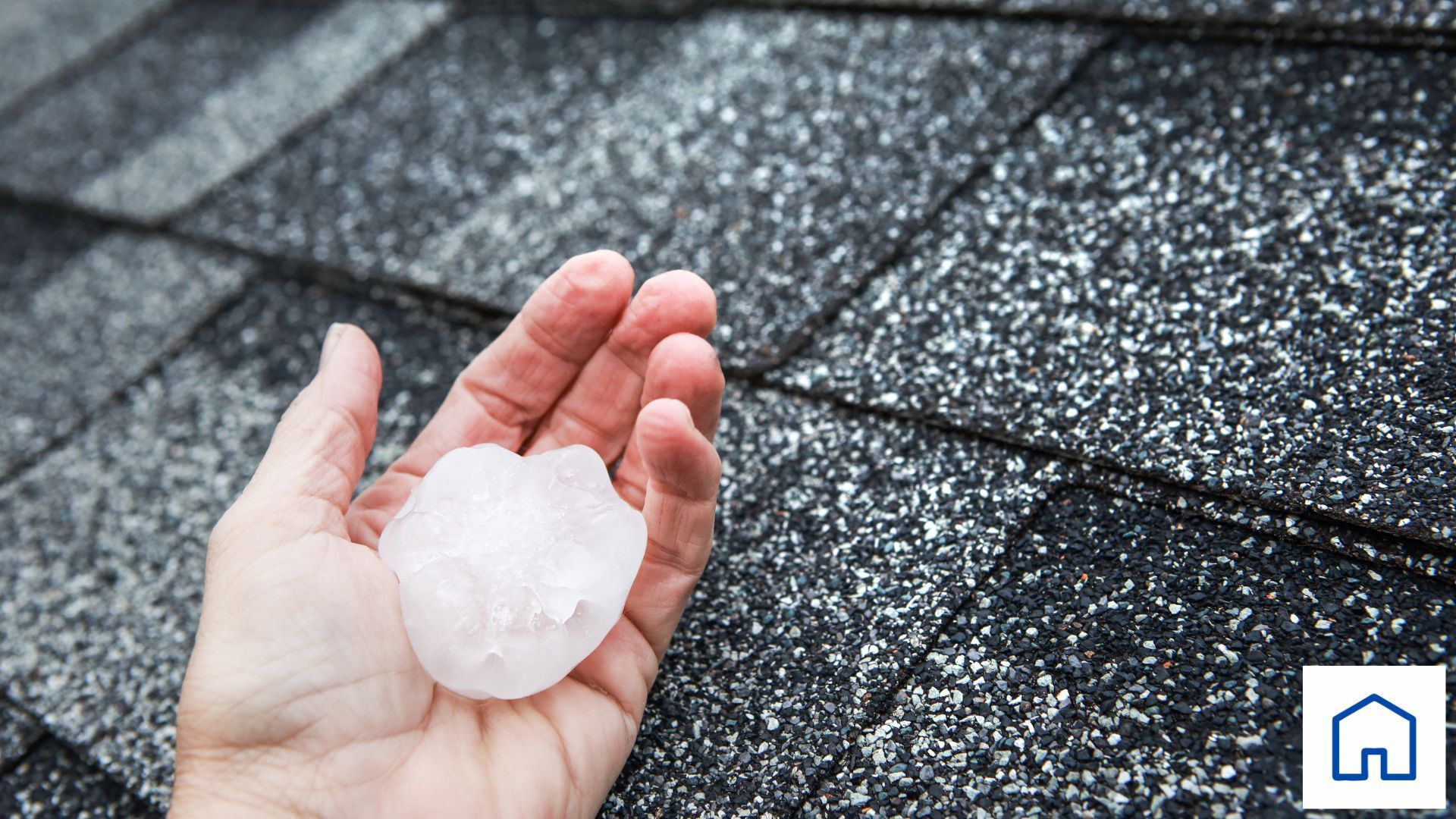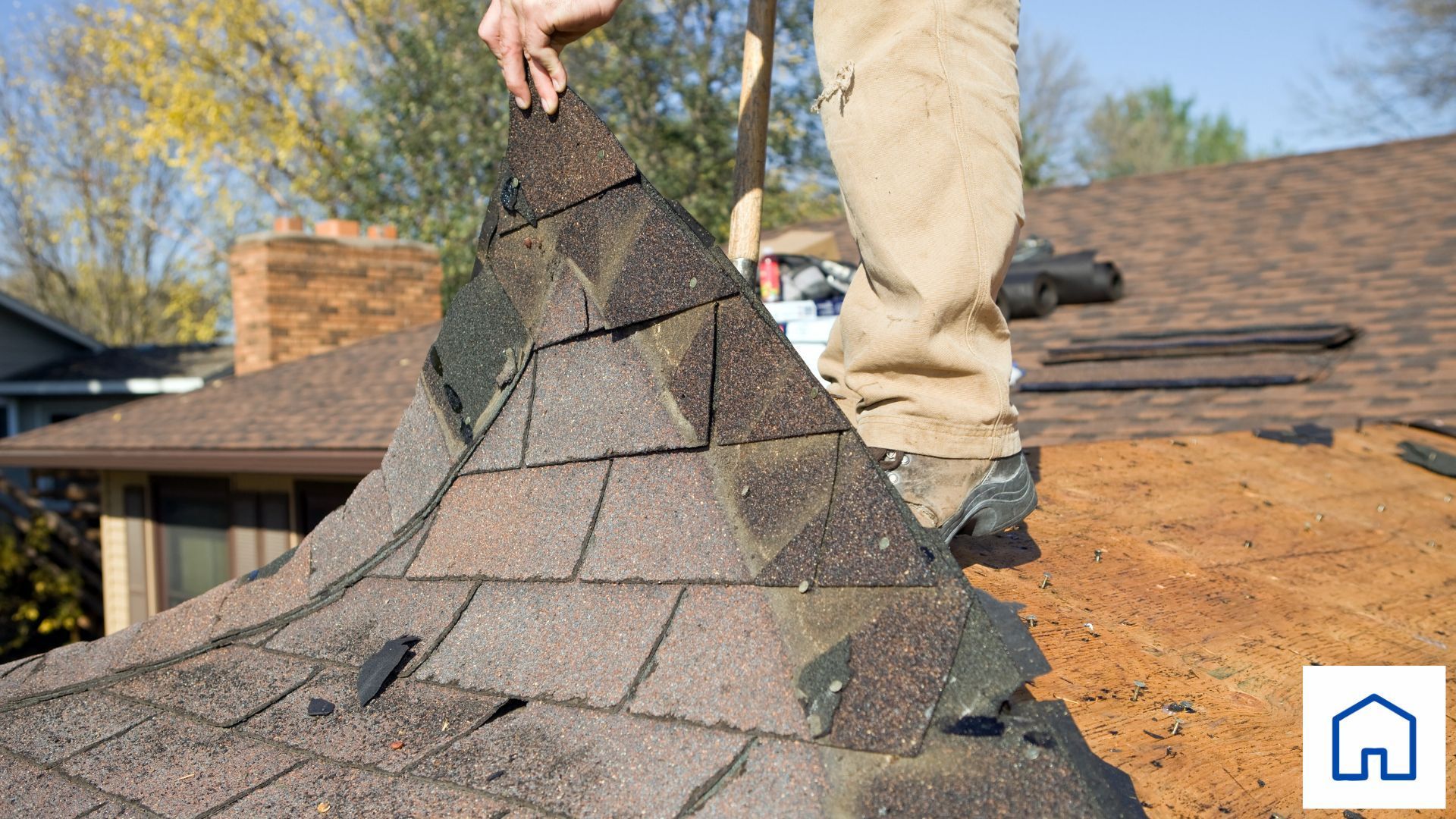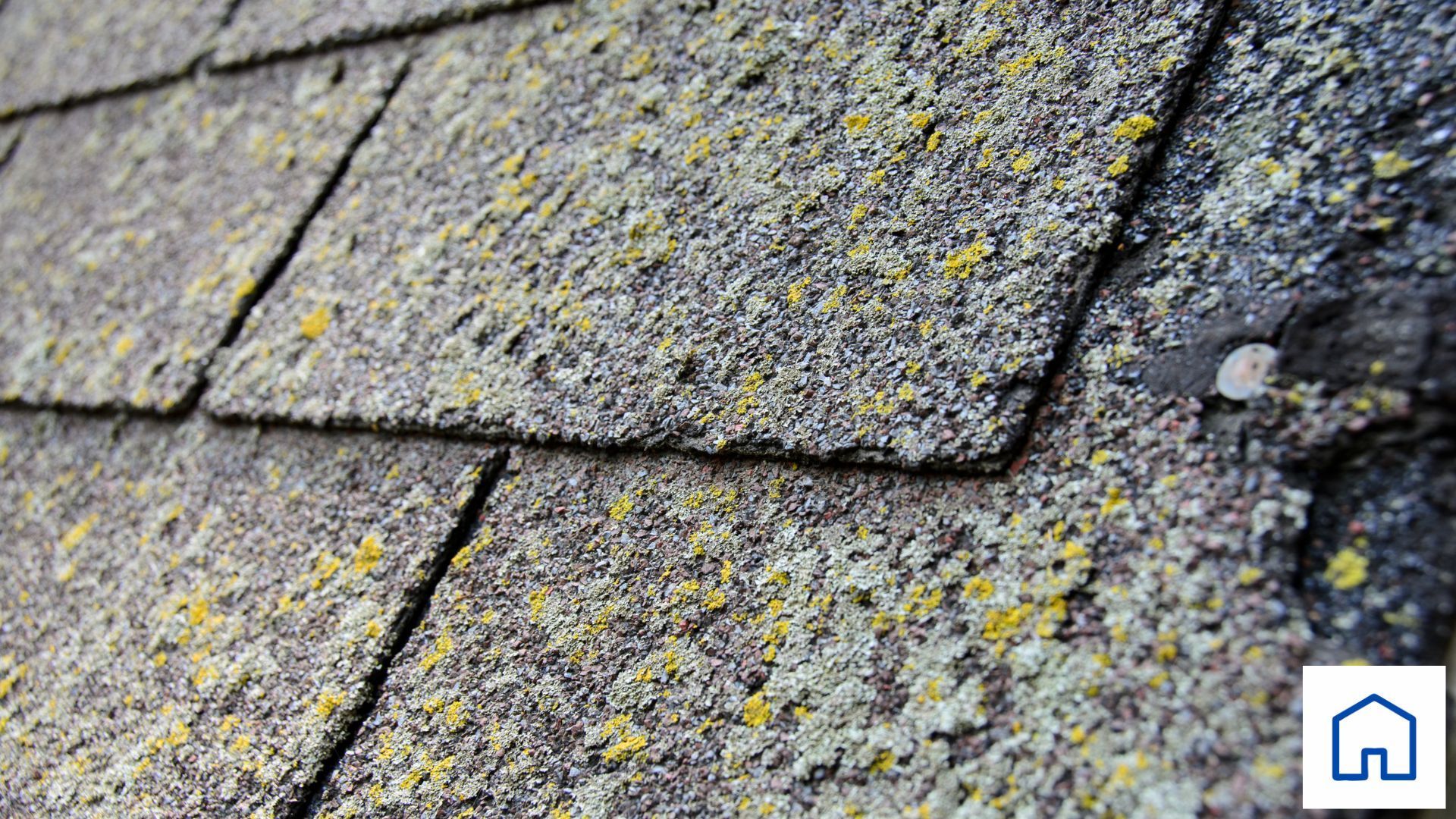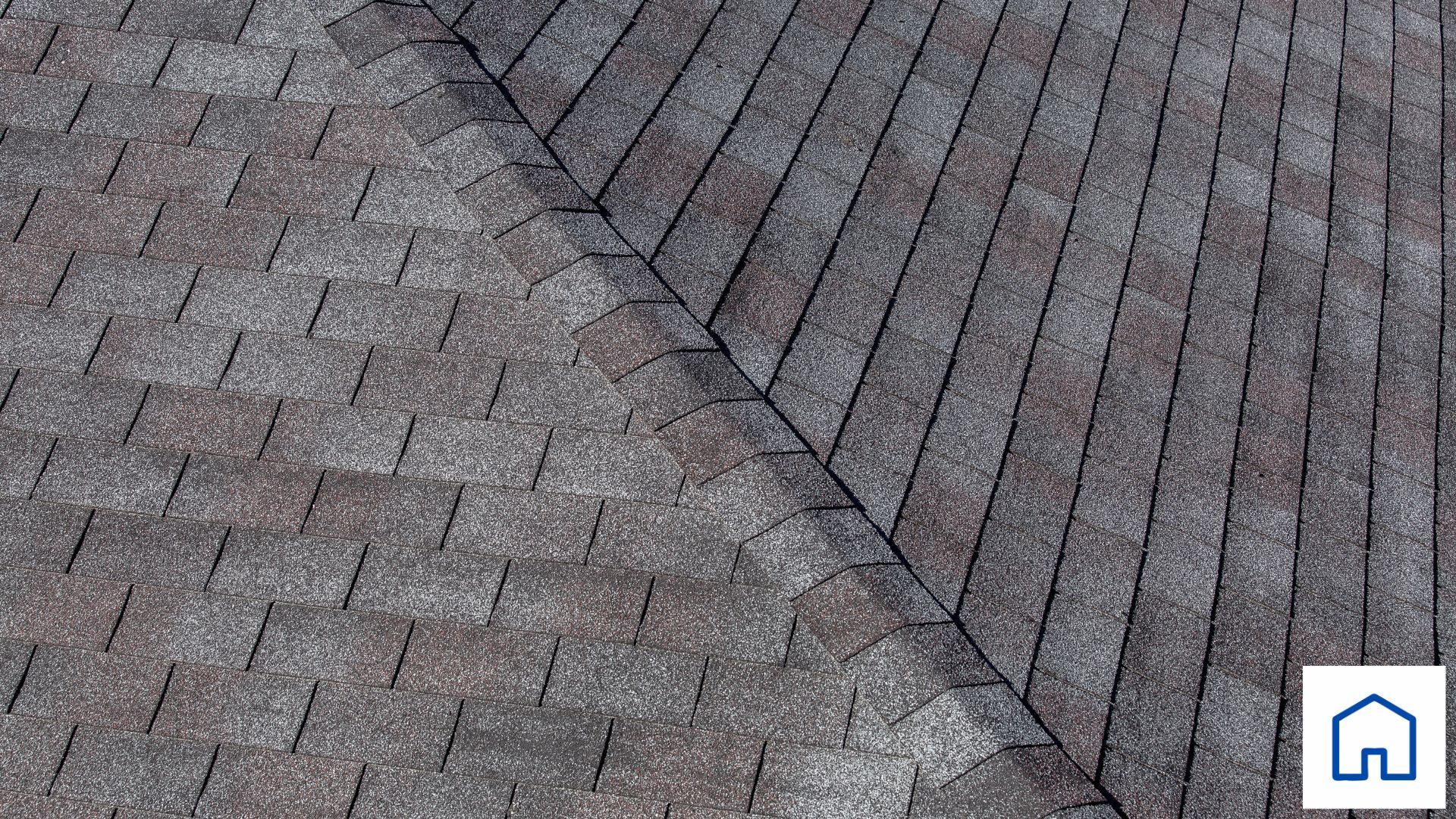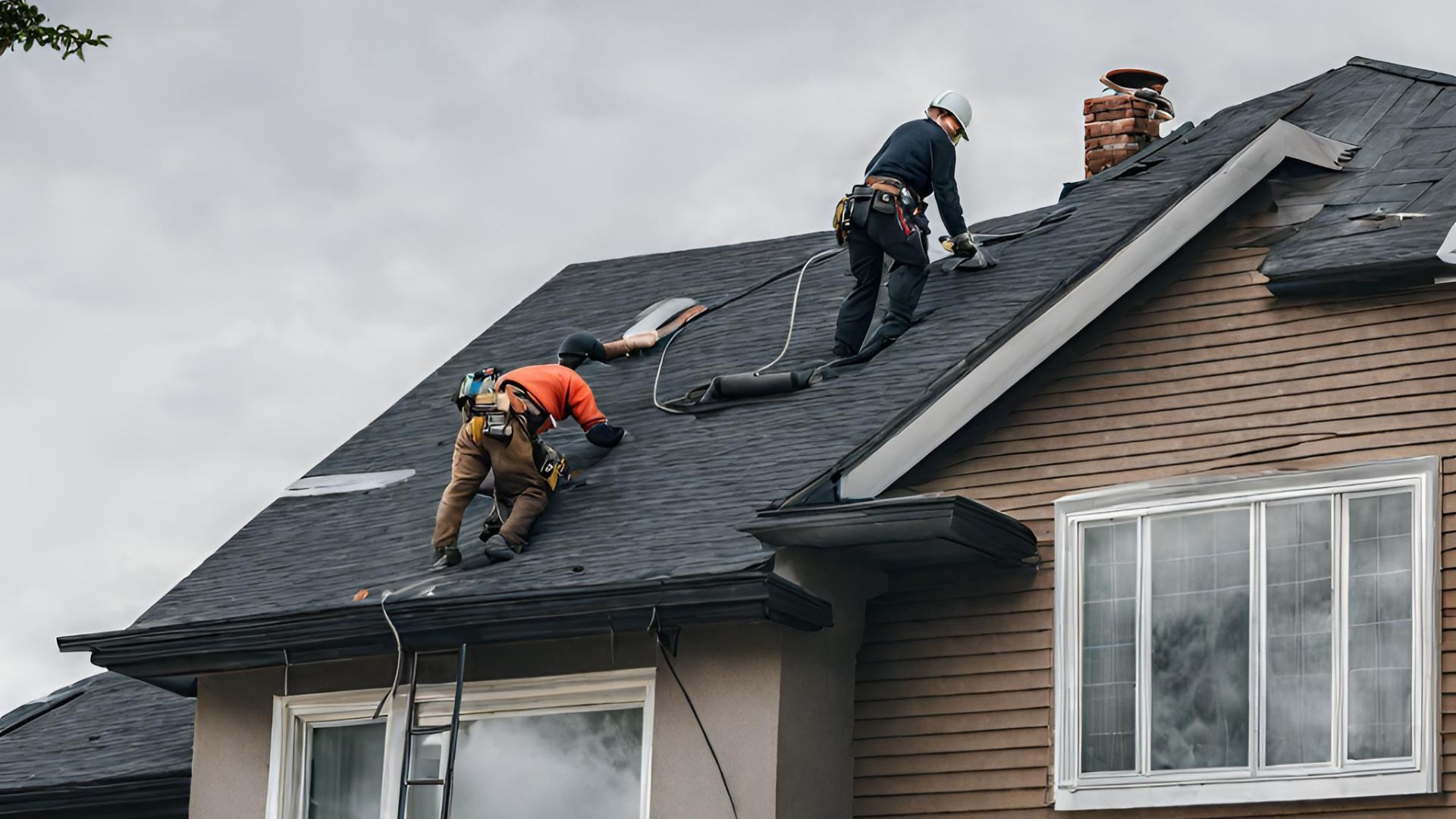Why is a professional roof assessment essential after an extreme weather event
It's essential for homeowners to have a professional roof assessment after a storm, even if there is no visible damage. Many homeowners think that because the storm has passed and the roof still looks intact, it must be in great shape — but this is not always the case. A thorough inspection from an experienced contractor can uncover hidden issues that might otherwise remain undetected until further down the road when they become larger and more expensive problems to address. In this blog post, we'll take a closer look at why you should get your roof inspected by a professional after any kind of weather event.
How can extreme weather conditions damage your roof?
- High Winds
High winds can damage a roof by causing shingles to lift up and break off. If enough shingles are damaged, it can leave the underlying roof deck exposed to the elements, which can lead to leaks and further damage. Additionally, high winds can also cause trees or other large objects to fall on a roof, which can cause significant damage.
- Hail
Hail can damage a roof by causing dents or cracks in the shingles. If the hail is large enough, it can even break through the shingles and damage the underlying roof deck. Hail damage is typically covered by homeowners insurance policies.
- Snow and Ice
Snow and ice can damage a roof by causing the shingles to become brittle and break. Additionally, heavy snow accumulation can cause the roof to collapse. Snow and ice damage is typically covered by homeowners insurance policies.
- Heat
Heat can damage a roof by causing the shingles to become brittle and break. Additionally, heat can cause the asphalt in shingles to soften, making them more susceptible to wind and hail damage. Heat damage is typically not covered by homeowners insurance policies.
- Sunlight
While sunlight itself doesn't typically damage roofs, it can cause the asphalt in shingles to deteriorate over time, making them more susceptible to wind and hail damage.
Why should you get a professional roof assessment after an extreme weather event?
- To ensure your roof is still in good condition
After an extreme weather event, it's important to have a professional roof assessment done in order to ensure that your roof is still in good condition. A professional roofer will be able to identify any damage that may have occurred and make repairs as necessary.
- To prevent further damage to your roof
If there is damage to your roof, it's important to have it repaired as soon as possible in order to prevent further damage from occurring. Extreme weather can cause additional damage to a weakened roof, so it's best to have any repairs done as soon as possible.
- To avoid costly repairs down the road
If you wait too long to have your roof assessed and repaired, you may end up needing more extensive and expensive repairs down the road. It's best to nip any problems in the bud by having a professional roof assessment done as soon as possible after an extreme weather event.
- To help with insurance claims
A professional roof assessment is the best way to determine whether your insurance policy will cover any repair costs that may be necessary. By assessing the condition and life expectancy of your roof, not only can you understand the potential costs associated with repairs or replacement, but you can also receive vital information about the permanence and security of your roof for both current and future use. A qualified roof inspector takes all factors into consideration, providing an accurate assessment to ensure that you are fully informed when it comes to making decisions about your home's roofing system.
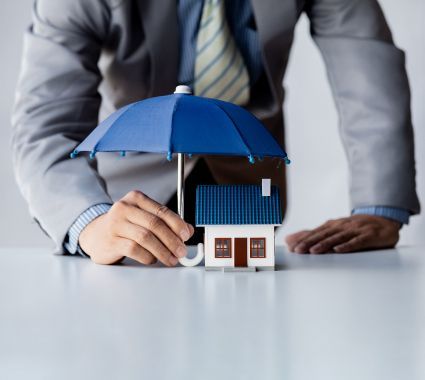
A professional roof assessment is essential after an extreme weather event in order to ensure the safety and stability of your home. The roof is one of the most important parts of your home, and it is important to make sure that it is in good condition after a storm. The best way to do this is to hire a professional roofing company like Best Nest Renovations to inspect your roof and make any necessary repairs. Our team of experts can assess any damage and make sure that your roof is safe and secure.
Contact us today to schedule a free consultation.
